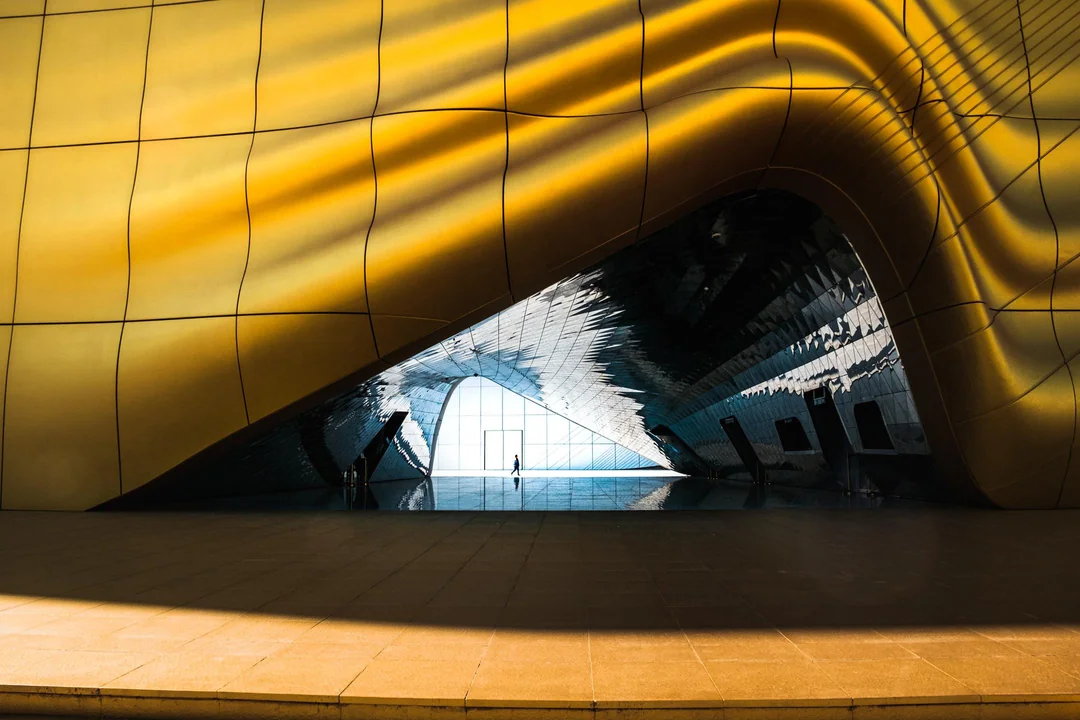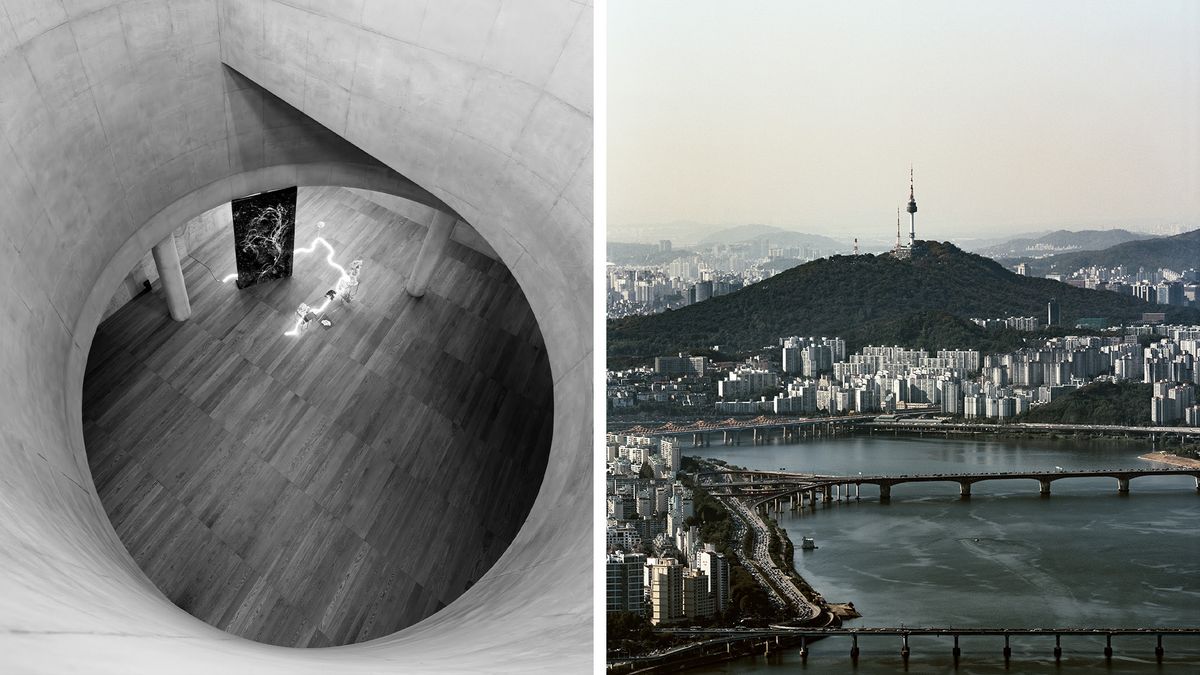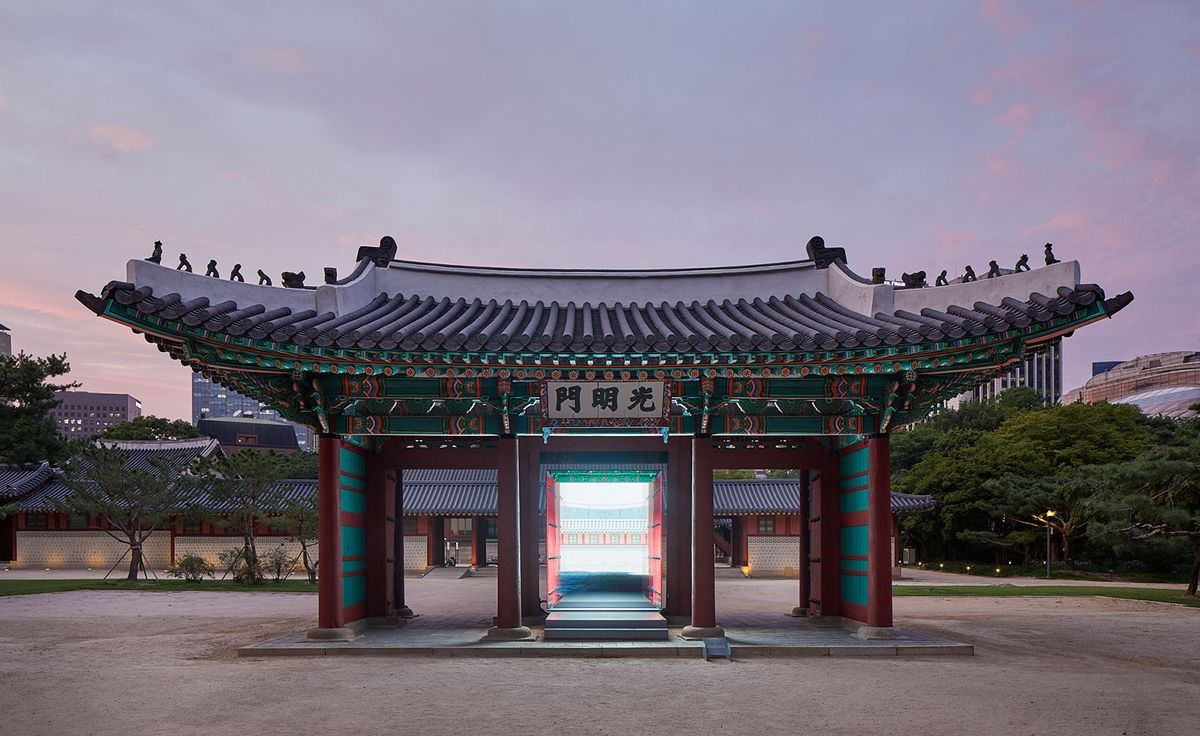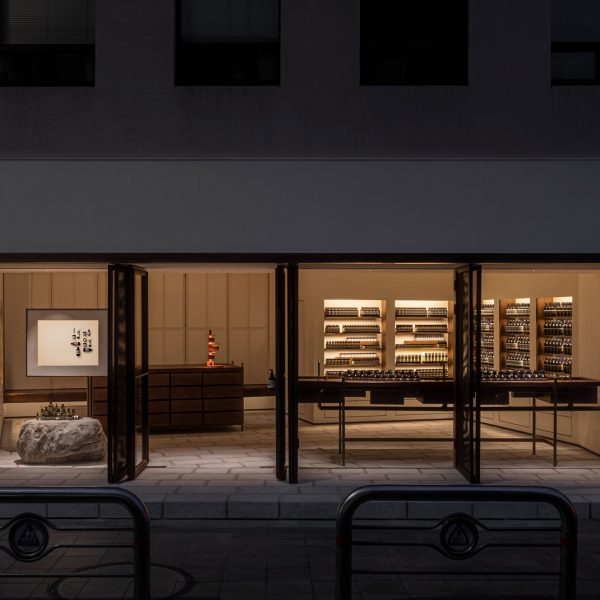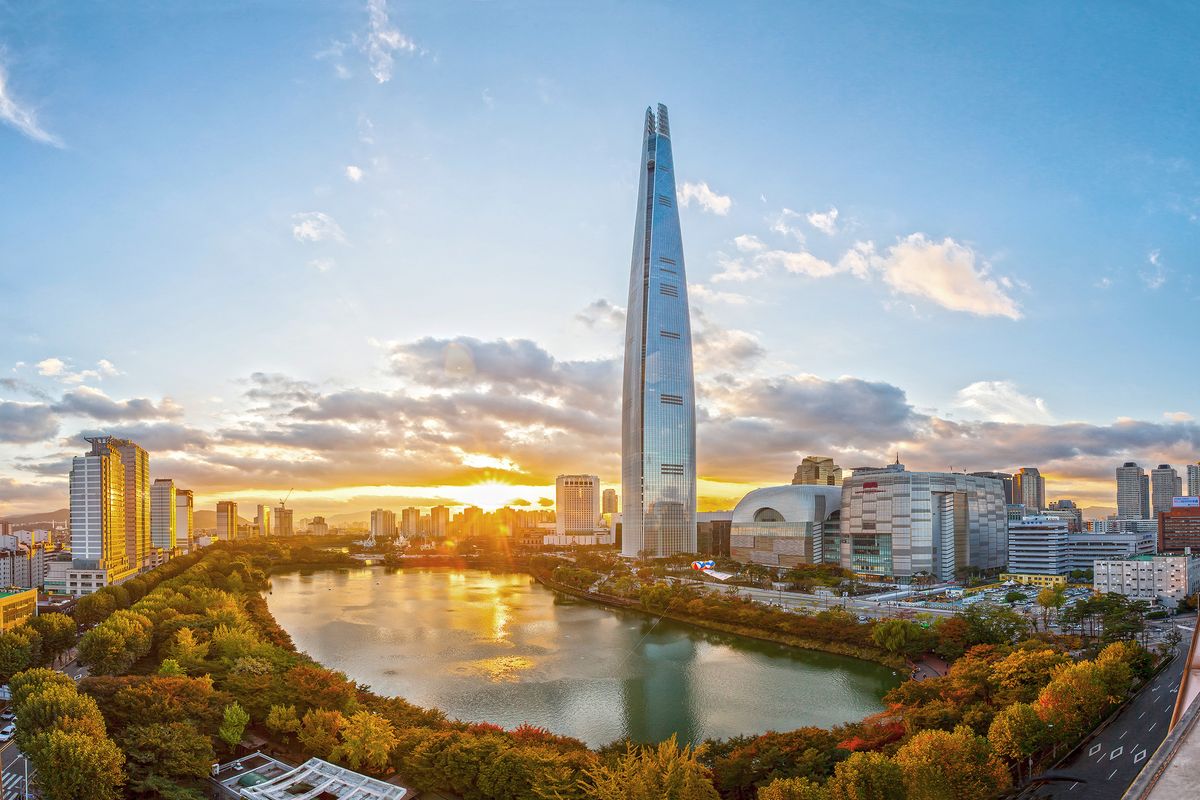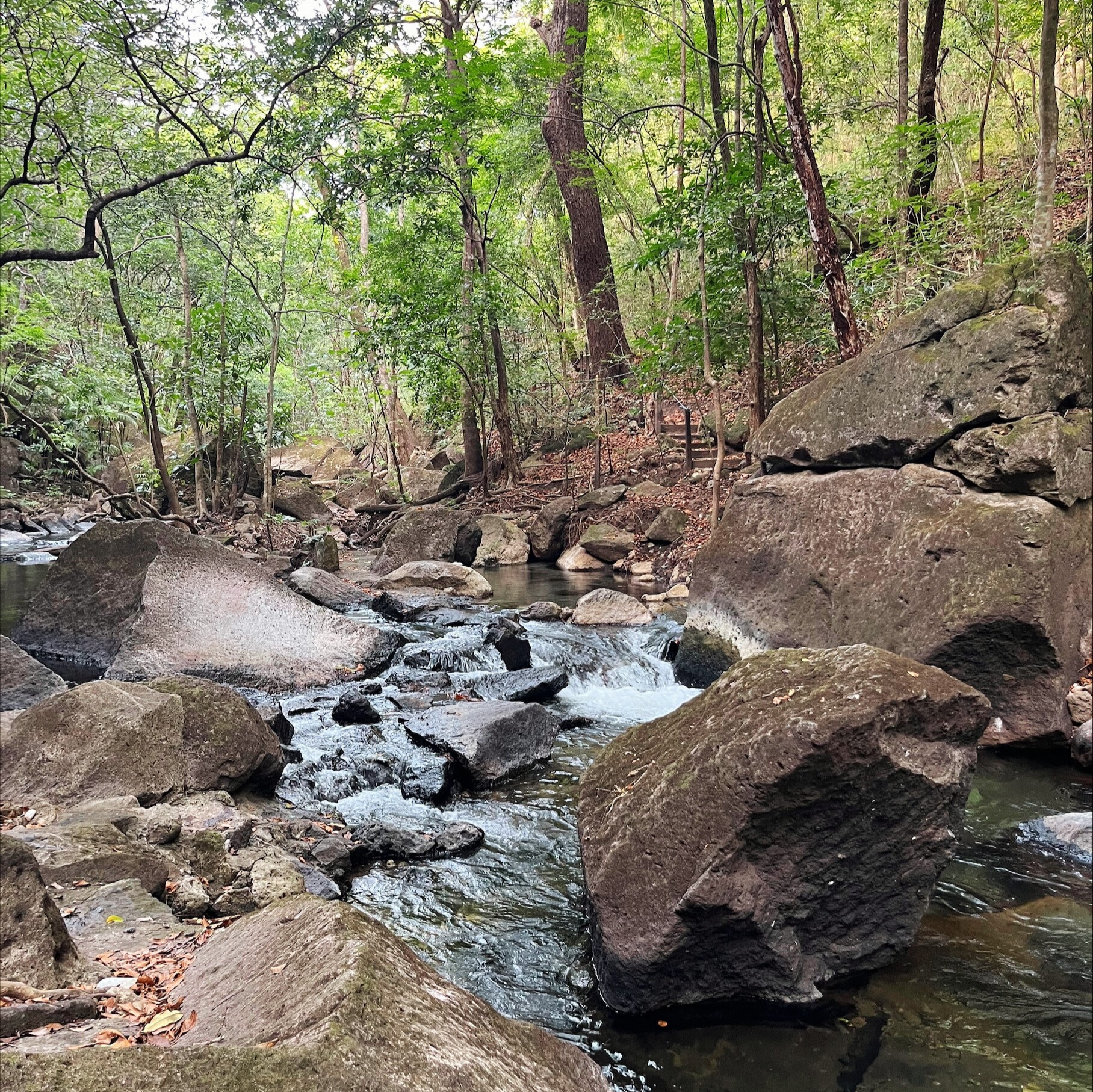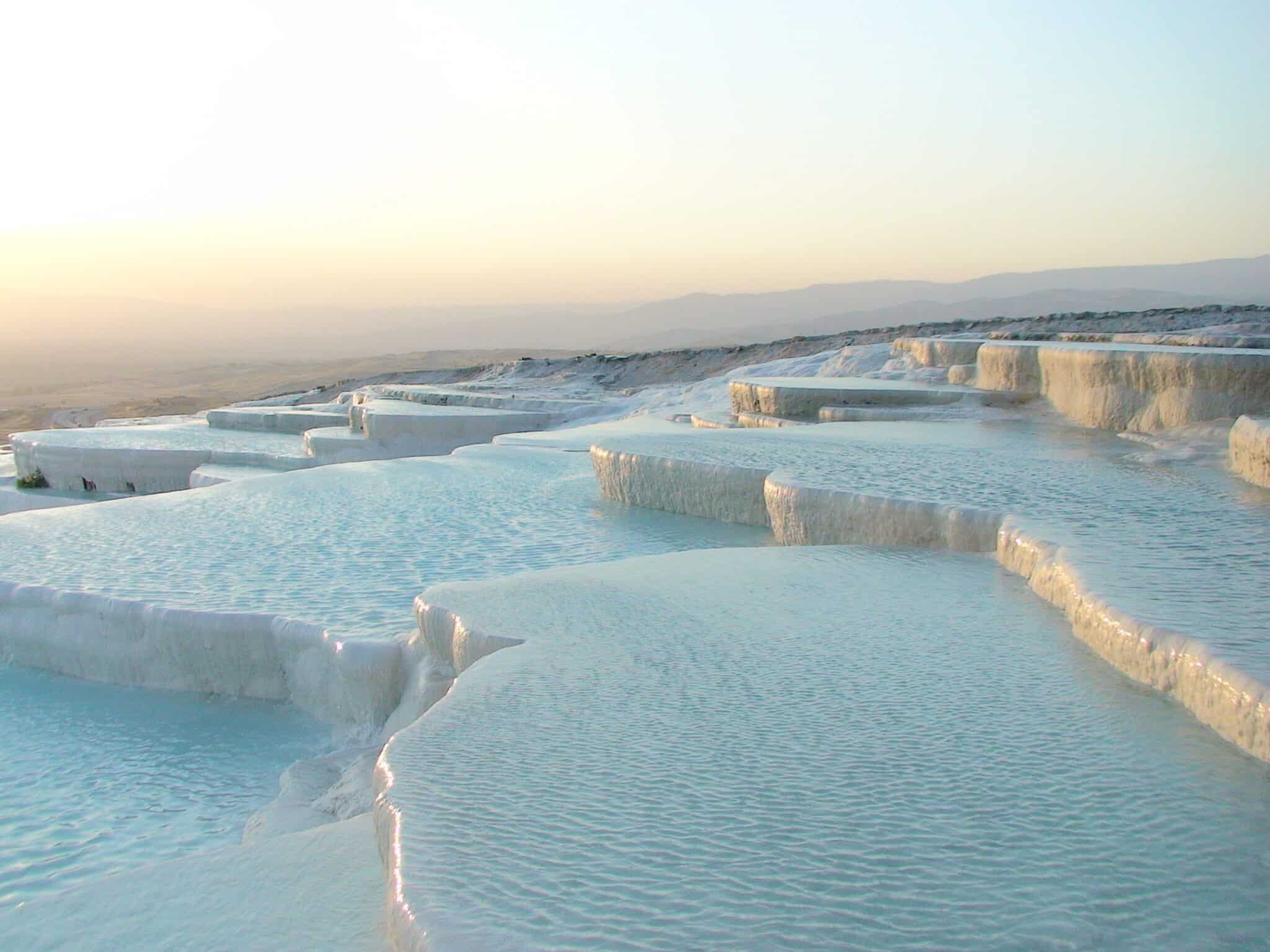Die nahtlose Integration von traditioneller Grandezza und modernem Design in der Hauptstadt Südkoreas erkunden
Seoul, die Stadt, die meine Frau ihr Zuhause nennt, verkörpert den Geist der Widerstandsfähigkeit und des Fortschritts. Ihre Wandlung von einer kriegsgebeutelten Nation zu einer globalen Wirtschaftsmacht spiegelt den unbeugsamen Geist Südkoreas wider. Dieser Geist, gepaart mit einem unermüdlichen Streben nach Exzellenz, katapultiert Seoul an die Spitze des technologischen Fortschritts, während das kulturelle Erbe bewahrt wird.
Im Herzen von Seouls dynamischer städtischer Landschaft liegt eine delikate Balance zwischen der Würdigung des historischen Erbes und der Umarmung der Moderne. Als Leuchtfeuer urbaner Innovation verkörpert Seoul das Ideal einer „ubiquitären Stadt“ oder U-Stadt, die zeitgenössisches Design nahtlos mit den Prinzipien der Denkmalpflege inmitten des rasanten globalen Wandels verbindet.
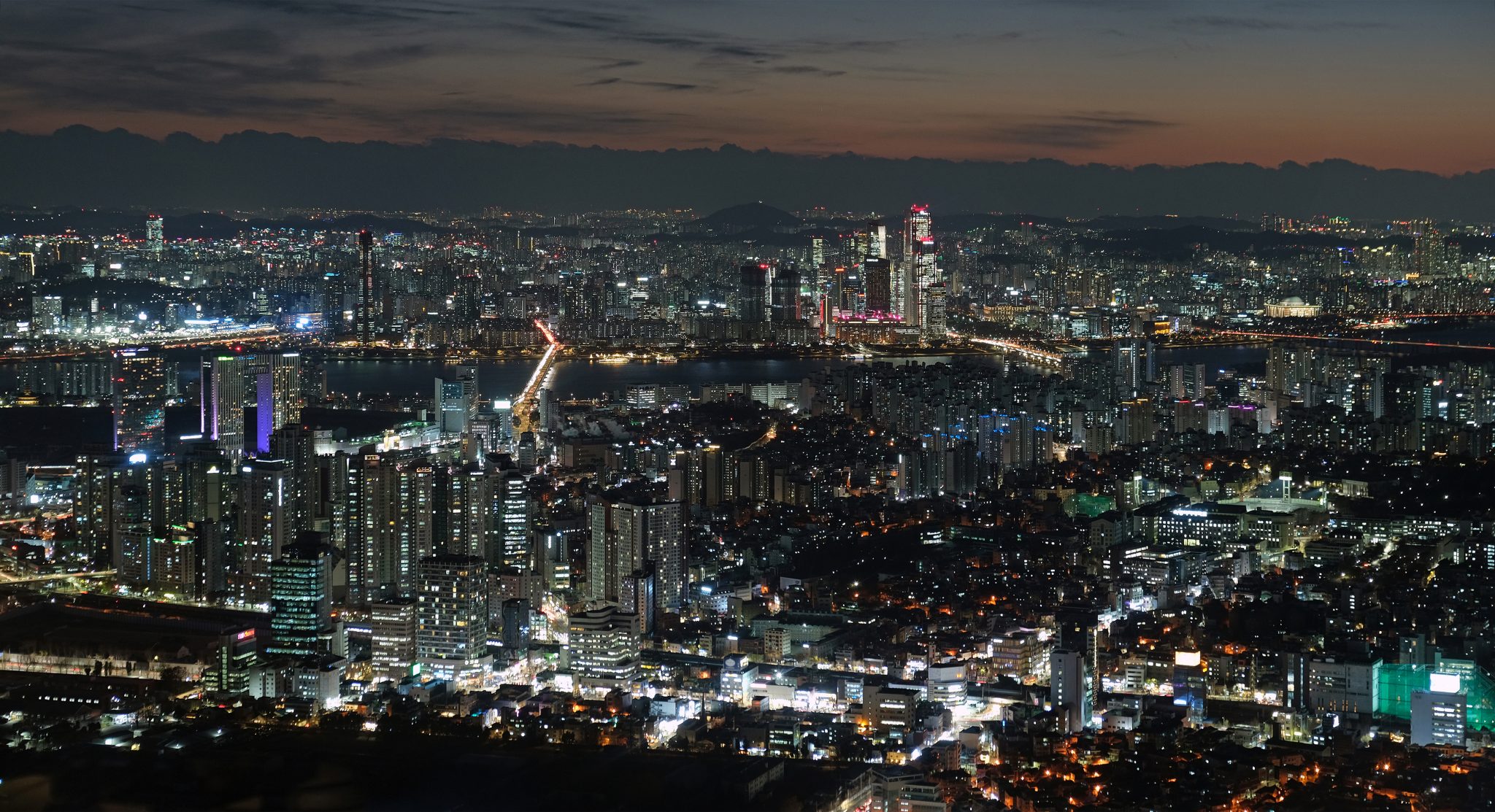
kallerna, CC BY-SA 4.0, via Wikimedia Commons
Ein Streifzug durch die architektonische Entwicklung Seouls enthüllt ein mit Ambition und Kreativität gewobenes Tapestry. Wegweisende Projekte wie die Dongdaemun Design Plaza stehen als Zeugnisse dieser Fusion, bei der futuristische Ästhetik in der reichen historischen Erzählung der Stadt verankert ist.
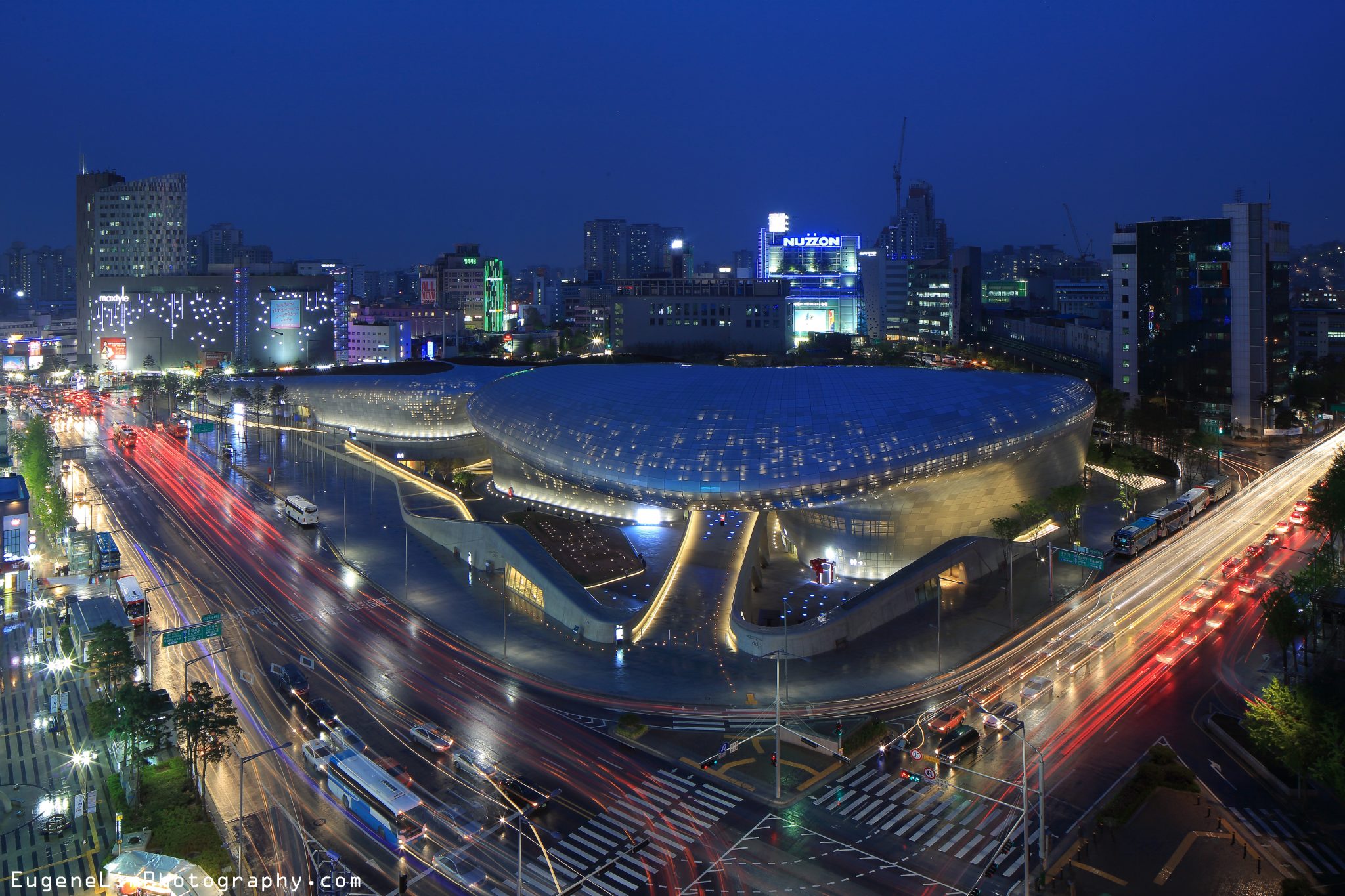
Eugene Lim, CC BY 2.0, via Wikimedia Commons
Historische Stätten wie die Paläste Gyeongbokgung und Changdeokgung sowie das traditionelle, doch modernisierte Bukchon Hanok Village bereichern diese Landschaft weiter und zeigen eine harmonische Mischung aus majestätischem Erbe und angepasstem zeitgenössischem Leben.
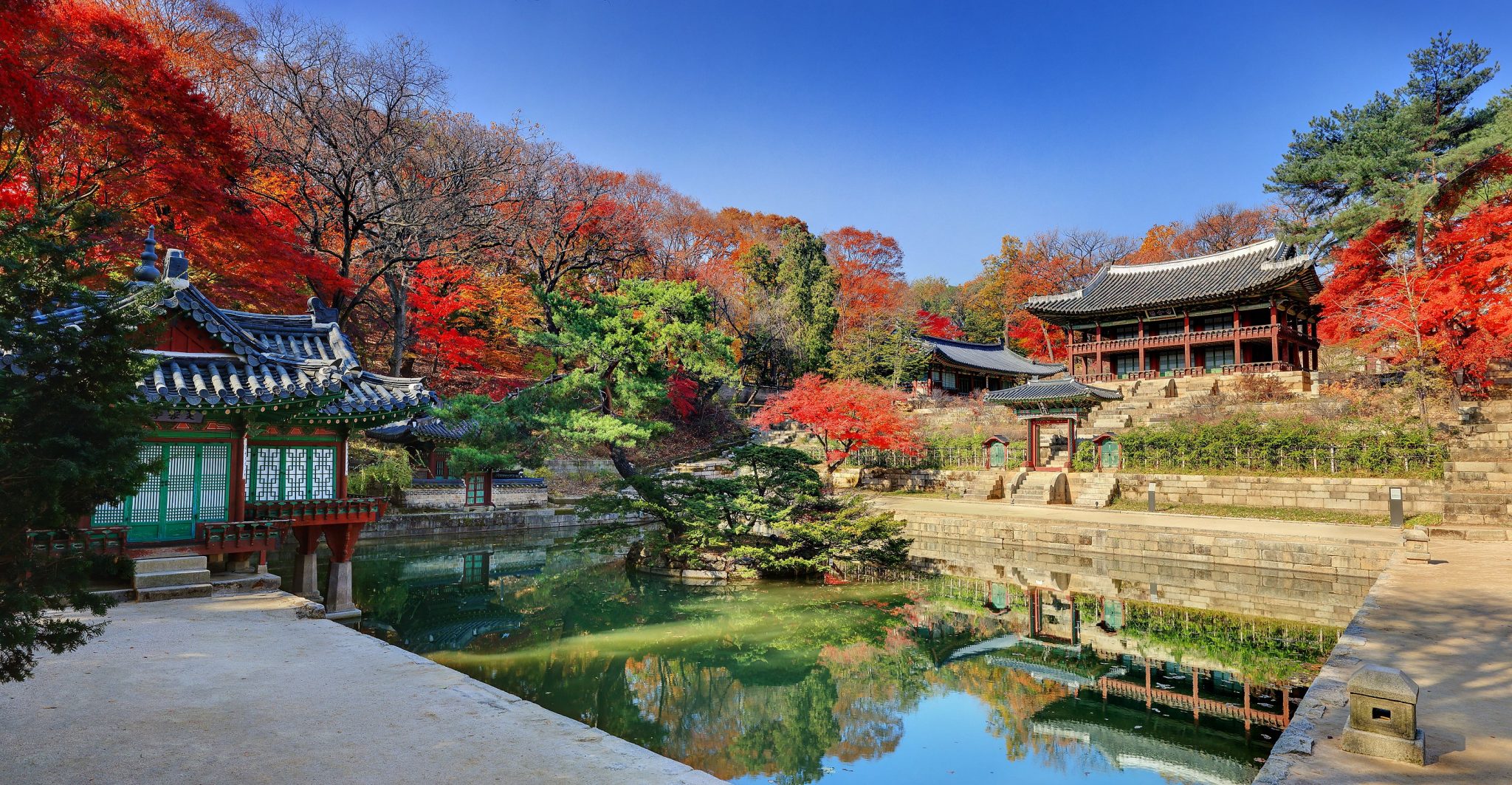
Cultural Heritage Administration, KOGL Type 1, via Wikimedia Commons
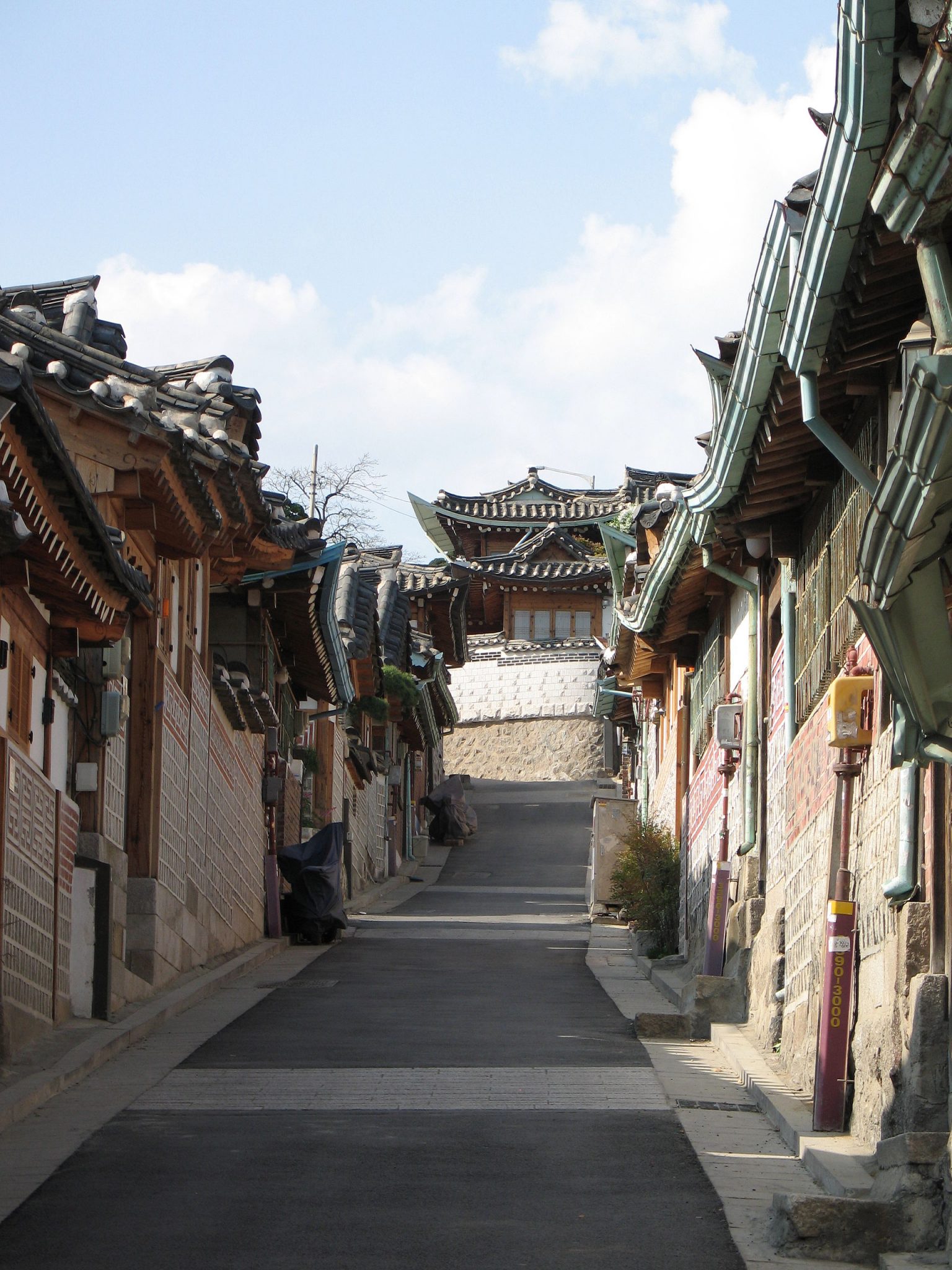
Gaël Chardon from Paris, France, CC BY-SA 2.0, via Wikimedia Commons
Seouls Auszeichnung als Welt-Design-Hauptstadt unterstreicht sein Engagement, die Grenzen der architektonischen Innovation zu verschieben, während das kulturelle Erbe erhalten bleibt. Von der Revitalisierung historischer Viertel bis zur Integration traditioneller koreanischer Motive in zeitgenössische Geschäftsräume zollt die architektonische Metamorphose Seouls seiner Vergangenheit Tribut, während sie die Zukunft umarmt. Ein Beispiel dafür ist der kürzlich enthüllte Aesop-Store in Seochon, der traditionelle koreanische architektonische Motive nahtlos in einen zeitgenössischen Geschäftsraum einfließt. Mit seiner einladenden offenen Fassade und der Anspielung auf traditionelle koreanische Pavillons dient dieses Etablissement als Zeugnis für Seouls innovativen Ansatz, kulturelle Kontinuität durch architektonische Innovation zu bewahren.
Das Nationalmuseum von Korea, ein Juwel in Seouls kultureller Landschaft, steht als Zeugnis für das reiche Erbe der Stadt. Seine großartige Architektur und umfangreiche Sammlungen bieten einen Einblick in Koreas bewegte Vergangenheit und geben den Besuchern ein tieferes Verständnis für die kulturelle Identität der Nation.
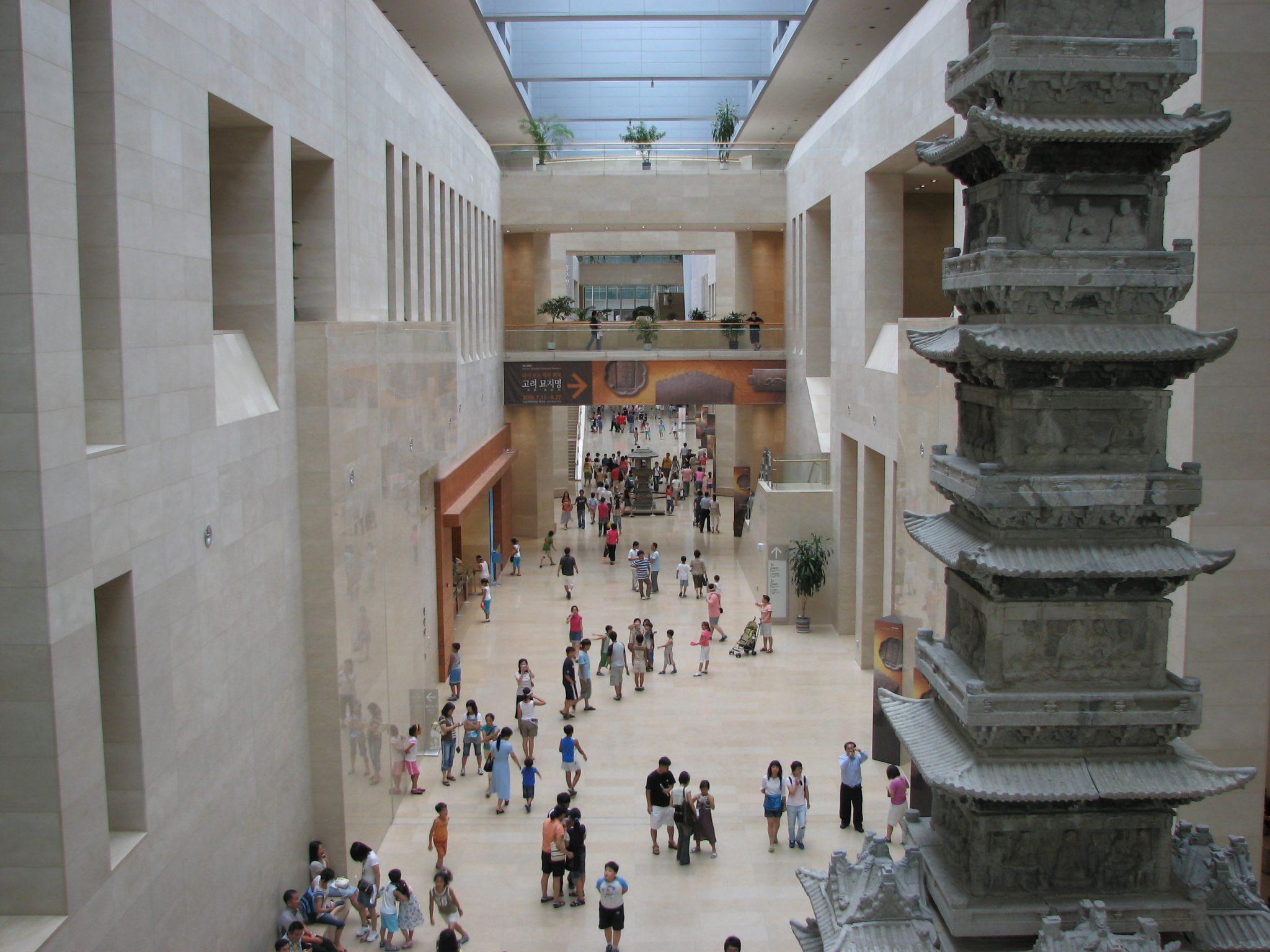
by Ian Muttoo, CC BY-SA 2.0, via Wikimedia Commons
Allerdings ist dieses Streben nach Fortschritt nicht ohne Herausforderungen. Seouls schnelle Urbanisierung und wirtschaftliches Wachstum haben zu Druck auf sein kulturelles Erbe und städtisches Gefüge geführt. Die Stadt ringt mit der Aufgabe, Erhaltung und Entwicklung in Einklang zu bringen, und navigiert eine feine Linie zwischen Fortschritt und Konservierung.
Als Antwort hat Seoul richtungsweisende Politiken in der Designintervention implementiert, die darauf abzielen, die Imperative des städtischen Fortschritts mit der Bewahrung seiner historischen Schätze zu harmonisieren. Diese Initiativen suchen das städtische Gefüge der Stadt durch die nahtlose Integration von historischer Bewahrung und zukunftsorientierten Designlösungen zu bereichern.
Darüber hinaus zeigt sich Seouls unerschütterliches Engagement für technologische Integration in der Architektur in transformativen Projekten wie dem Lotte World Tower. Entworfen, um nicht nur Seouls Skyline neu zu definieren, sondern auch modernste Sicherheits- und Nachhaltigkeitsmerkmale zu integrieren, setzt es neue Maßstäbe in der Gebäudetechnologie und im Umweltschutz.
Im Wesentlichen spiegelt Seouls architektonische Landschaft seine bemerkenswerte Reise wider – eine Erzählung einer Stadt, die ihre Vergangenheit verehrt, während sie furchtlos die Zukunft umarmt. Jedes architektonische Unterfangen erzählt eine fesselnde Geschichte von Seouls fortwährender Entwicklung – einer Stadt, die Innovation schätzt, ohne ihr reiches historisches Gewebe zu vernachlässigen. Während Seoul weiterhin wächst, wird sein architektonisches Erbe, einschließlich des Nationalmuseums, als Zeugnis für seine Widerstandsfähigkeit, Kreativität und beständigen Geist dienen.



